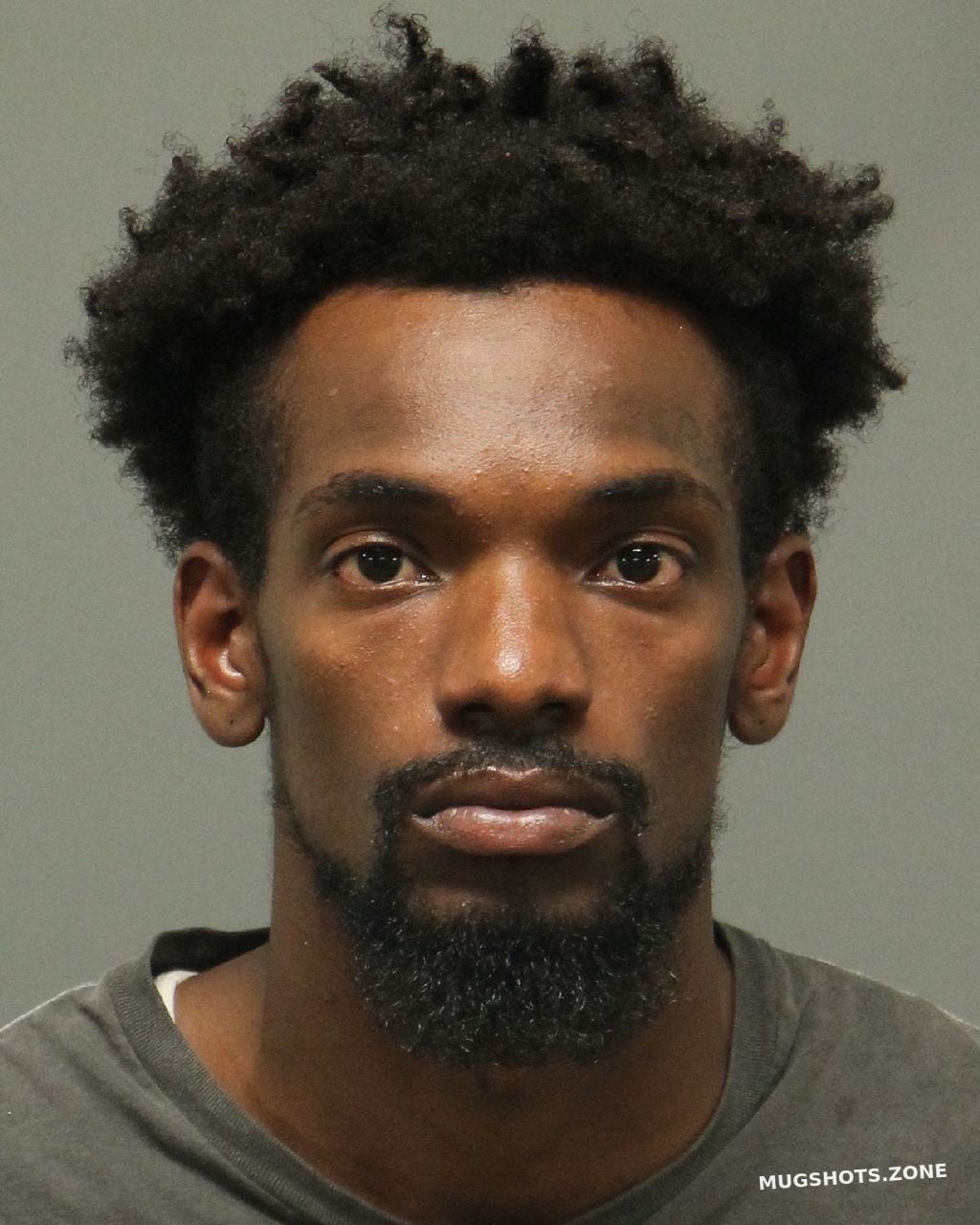How does one event spiral into another, creating a ripple effect that leaves an entire community grappling with grief and questions? Rodney Hinton Jr., a 38-year-old man from Cincinnati, now stands at the center of a national debate over justice, accountability, and the complexities surrounding these issues. Police allege that Hinton intentionally struck Deputy Larry Henderson with his car while the deputy was directing traffic near the University of Cincinnati campus on May 1. This tragic incident occurred less than 24 hours after Hinton's son, Ryan Hinton, was fatally shot by police in East Price Hill.
The sequence of events leading up to this tragedy has sparked widespread outrage and discussions about systemic failures within law enforcement. Authorities claim that Hinton drove directly toward Deputy Henderson, who succumbed to his injuries shortly afterward. Subsequently, charges of aggravated murder were filed against Hinton, making headlines across the country. Meanwhile, fundraising efforts initiated on platforms like GoFundMe to support Hinton have drawn criticism from organizations such as the Fraternal Order of Police (FOP), which condemned these campaigns as inappropriate given the circumstances.
| Personal Information | Details |
|---|---|
| Name | Rodney Hinton Jr. |
| Date of Birth | (Date unavailable) |
| Age | 38 years old |
| Residence | Cincinnati, Ohio |
| Occupation | (Information not disclosed) |
| Family | Father of Ryan Hinton (deceased) |
| Charges | Aggravated Murder |
| Reference | Cincinnati Enquirer |
In response to public backlash, GoFundMe issued an apology to the Cincinnati FOP for allowing fundraisers aimed at supporting Hinton to remain active on its platform. These campaigns garnered significant attention, raising concerns among law enforcement groups and members of the community who questioned the morality of soliciting funds for someone accused of killing a public servant. In light of this controversy, another crowdfunding site, GiveSendGo, stepped forward to host similar initiatives, further polarizing opinions on both sides of the issue.
Meanwhile, representatives from the Hinton family released statements addressing the unfolding situation. They emphasized their desire for transparency regarding the circumstances surrounding Ryan Hinton's death, urging authorities to release body camera footage from the encounter between Ryan and police officers. Family members expressed shock and disbelief over the rapid succession of tragic events, noting that they had never anticipated such a devastating outcome following Ryan’s fatal shooting.
Authorities in Ohio described the alleged actions of Rodney Hinton Jr. as deliberate and premeditated. According to investigators, Hinton reportedly targeted Deputy Henderson specifically due to his role as a law enforcement officer. Such claims have fueled heated debates over whether mental health considerations or external pressures influenced Hinton's decision-making process during those critical moments. Critics argue that without access to comprehensive details about the case, it remains challenging to draw definitive conclusions about motive or intent.
As legal proceedings move forward, many are left reflecting on the broader implications of this case. It highlights longstanding tensions between communities and law enforcement agencies, underscoring the need for improved communication channels and trust-building measures. For residents of Cincinnati, the loss of Deputy Henderson serves as a poignant reminder of the risks faced daily by first responders, while also reigniting calls for reform within policing practices.
Ultimately, the story of Rodney Hinton Jr. represents more than just an isolated incident; it encapsulates broader societal challenges related to race, justice, and accountability. As investigations continue and new evidence emerges, stakeholders must navigate these complex dynamics carefully, ensuring fairness and equity guide every step along the way. The path forward will undoubtedly require difficult conversations and collective efforts to address underlying issues contributing to cycles of violence and mistrust.
Law enforcement officials maintain that Hinton's actions constituted a calculated attack against a representative of authority, warranting severe consequences under the law. However, others contend that mitigating factors—such as personal trauma stemming from the sudden loss of a child—must be taken into account when evaluating his behavior. Regardless of perspective, all parties agree that healing cannot occur until meaningful dialogue takes place, fostering mutual understanding and respect among diverse voices involved in this ongoing saga.
Beyond the courtroom drama, what becomes clear is the profound impact this chain of events has had on countless lives touched directly or indirectly by these occurrences. From grieving families seeking answers amidst unimaginable pain to dedicated professionals striving to uphold order despite mounting adversity, each participant plays a vital role in shaping the narrative moving forward. Together, they bear witness to history unfolding before their eyes, reminding us all of our shared responsibility to seek justice tempered with compassion.



